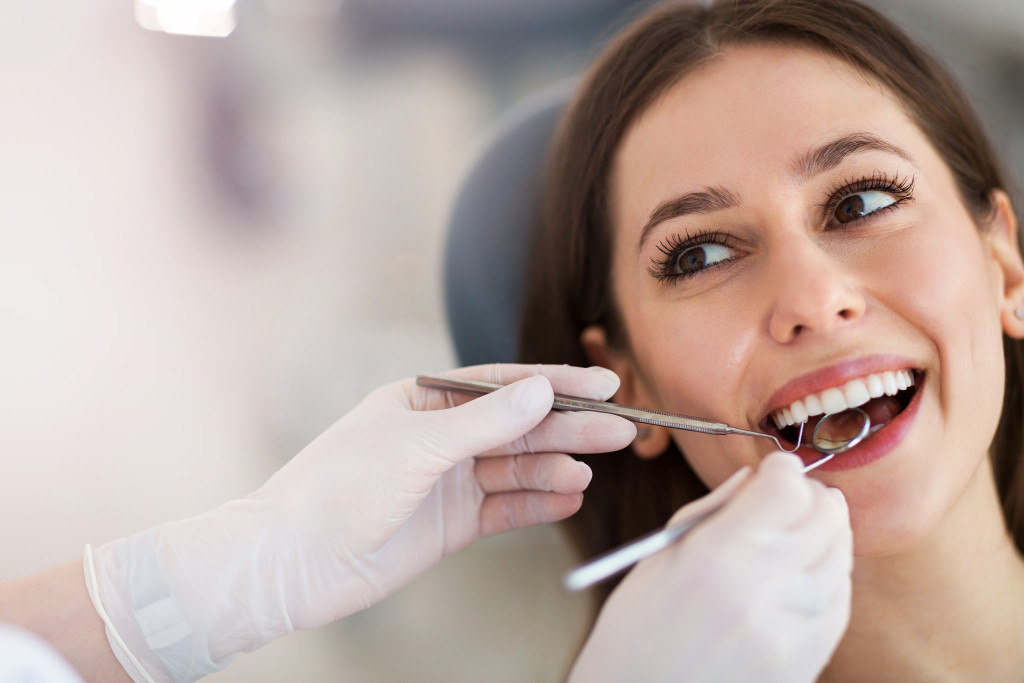- 3D printing technology allows for the production of patient-specific models and guides.
- Patient-centered care emphasizes building strong doctor-patient relationships and involving patients in treatment decisions.
- Telehealth enables remote consultations and follow-ups with dentists without an in-person visit.
- Minimally invasive dentistry techniques preserve healthy tooth structure while providing aesthetically pleasing alternatives to traditional treatments.
- Personalized treatments are tailored to individual patients’ needs and genetic profiles.
In dentistry, technological advancements and evolving patient preferences have led to various trends shaping the field. From innovative treatments to improved patient experiences, dentistry has come a long way in recent years. This guide will explore five common trends in dentistry that you may not be aware of. These trends include 3D printing, patient-centered care, telehealth, minimally invasive procedures, and personalized treatments. By understanding these trends, you can stay informed about the latest developments in dentistry and make more informed decisions regarding your oral health.
1. 3D Printing
3D printing is a revolutionary technology that has revolutionized the field of dentistry. Utilizing innovative digital dentistry 3D printing, dentists can now create highly-accurate models and guides for various treatments. These models and guides help dentists plan complex procedures more precisely, allowing for more precise outcomes and improved patient experiences. Additionally, 3d printing can reduce chair time and treatment costs, resulting in a more efficient practice.
2. Patient-Centered Care

Dentistry is shifting towards a patient-centered approach, focusing on individual needs and preferences. Dentists now emphasize building strong doctor-patient relationships, understanding patients’ concerns, and involving them in treatment decisions. This approach enhances patient satisfaction and improves treatment outcomes. Additionally, dental practices are becoming more welcoming and comfortable environments, offering amenities like TVs, soothing music, and sedation options to reduce anxiety. Patient education has also become a priority, with dentists explaining procedures and oral hygiene practices to empower patients to take better care of their oral health.
3. Telehealth in Dentistry
Telehealth has gained prominence across various medical fields, including dentistry. By leveraging telehealth, patients can receive timely guidance and support from their dentists, ultimately leading to better oral health outcomes.
Here are some tips on how to use telehealth in dentistry:
Establish a Secure Communication Platform
Use a secure platform to communicate with your patient securely and maintain data privacy and compliance with health regulations. Establishing an encrypted telephone or video call, such as using Zoom or Skype for Business, is the most secure way to conduct telehealth appointments.
Provide Patient Education
Even though you won’t be able to perform an in-person examination, you can still provide education to help patients understand their condition and the recommended treatment. You can use visual aids such as images or videos to demonstrate procedures or provide information about dental hygiene topics.
Use Diagnostic Tools
Diagnostic tools such as digital X-rays or intraoral cameras will enable you to diagnose some conditions without performing an in-person exam. Ensure that any data shared with the patient is secure and HIPAA compliant.
Follow Up After Appointments
Following up after a telehealth appointment is essential for providing quality care. Patients may need reminders of the steps they should take at home and additional resources like educational materials or dietary guidelines if necessary. You can also use telehealth to perform follow-up exams and check treatment progress.
4. Minimally Invasive Dentistry

Advancements in dental materials and techniques have facilitated the rise of minimally invasive dentistry. This approach focuses on preserving as much healthy tooth structure as possible while addressing oral health issues. For example, using air abrasion or laser technology allows for the precise removal of decayed tooth material without the need for traditional drills. Additionally, tooth-colored composite fillings and ceramic restorations provide aesthetically pleasing alternatives to amalgam fillings and metal crowns. Minimally invasive dentistry ensures less discomfort during procedures and promotes long-term oral health by maintaining the integrity of natural teeth.
5. Personalized Treatments
Dentistry is increasingly moving towards personalized treatments tailored to individual patients. With genetic testing and molecular diagnostics advancements, dentists can identify patients’ susceptibility to certain oral conditions and design targeted prevention and treatment strategies. Personalized treatments extend to orthodontics, where clear aligners allow customized tooth movement and more comfortable orthodontic experiences. By embracing personalized dentistry, patients can benefit from tailored care that addresses their unique oral health needs.
In Closing
The field of dentistry continues to evolve rapidly, driven by technological advancements and patient-centric approaches. 3D printing has revolutionized dental prosthetics and restorations, allowing customized and efficient treatment solutions. Patient-centered care builds strong doctor-patient relationships and prioritizes patient comfort and education. Telehealth has expanded access to dental care, particularly for underserved populations. Minimally invasive dentistry techniques preserve healthy tooth structure and offer aesthetic alternatives to traditional treatments. Lastly, personalized treatments cater to individual patients’ needs and genetic profiles.
